American silver coins have a fascinating history, and play a major role in most coin collections. The first silver coins produced were “half dismes”, and 1,500 were minted the year before the official opening of the U.S. mint.
American silver coins have a fascinating history, and play a major role in most coin collections. According to numismatic legends, they were made using silver from George Washington’s personal silverware.
These are, of course, extremely rare, with only 2-400 known examples. When the first mint opened in Philadelphia, it produced primarily copper coins, as the Spanish “piece of eight” was the currency of choice at the time.
U.S. silver coins range in denomination from three cents to one dollar. Three-cent pieces were a silver-copper alloy, and the lightest coin produced by the mint. Commonly called “trimes” or “fish scales”, these dime-sized coins were produced to address the need for small change, and because the postal rate at the time was three cents.
An alloy, rather than purer silver, served to prevent hoarding and melting of silver coins. Previous small coin issues produced by the mint were subject to both hoarding and melting, due to the rise of silver prices.
American silver coins were minted as three-cent pieces, half dimes, dimes, twenty-cent pieces, half dollars, and dollars. Capped bust half dimes, minted from 1829-1837, were the first coins to have the 5c denomination on the coin, and are a popular set for collecting, as they are relatively common. Seated Liberty half dimes are also a popular choice.
Minted from 1837-1873, the coins came in four different varieties. They were phased out of production as the nickel gained popularity, but are still relatively common finds. Other varieties of half dimes include the flowing hair coin and the draped bust small and large eagles.
Barber dime and the Mercury dime
By far the most popular dimes for collectors are the Barber dime and the Mercury dime. Barber dimes were minted from 1892-1916, and the series includes one of the rarest American silver coins, the 1894-s, of with only nine known examples.
The Mercury dime is actually a capped Liberty, the wings representing freedom of thought. Both the obverse and reverse are thought to be symbolic of our entry into World War 1, as this was the first coin to feature the Roman fasces on the reverse.
Seated Liberty
Minted from 1916-1945, the rarest in the series is the 1916-d. Seated Liberty dimes, minted from 1837-1891, come in five varieties and many rare issues. Draped bust large and small eagles, capped bust, and Roosevelt dimes were also produced.
Twenty cent pieces were short-lived experiment, from 1875-1878, with general circulation coins only produced from 1875-1876. The coins were highly unpopular, as they were easily mistaken for quarters, much like the modern Susan B Anthony dollar. Quarters were produced beginning in 1796, with the draped bust small eagle, followed by the draped bust large eagle in 1804, and the capped bust from 1815-1828.
Initially, quarter dollars were sporadically produced, but mintage became regular in 1838 with the seated Liberty quarter dollar. The seated Liberty comes in five varieties, and includes the rare 1866 “no motto” coin. Following the seated Liberty, the mint produced the Barber from 1892-1916. Of all the quarter dollars, the most famous, and most popular, is the Standing Liberty.
Widely considered one of the finest designs in American silver coins, Miss Liberty shows a strong Greek influence, and the eagle on the reverse is in full flight. Washington quarters were first minted in 1932, and underwent numerous changes in their early years. Their wide availability and affordability make them an excellent choice for the new coin collector.
Walking Liberty
Of all the silver half dollars, the Walking Liberty, minted from 1916-1947, is considered the most beautiful. Currently, the Walking Liberty is used on the face of American eagle silver coins. Capped bust lettered edge half dollars, produced from 1807-1836, are widely collected due to the tremendous variety in the series.
Barber half-dollar
As each coin die was individually produced and stamped. These coins can be identified by the differences in the dies. The Barber half-dollar, minted from 1892-1915, is a popular collector’s choice as well. This coin represents the last time the same design can be found on a dime, a quarter, and a half dollar. Franklin half-dollars are widely collected as well and were minted from 1948-1963.
Morgan silver dollar
The most well known American silver coin might well be the Morgan silver dollar. Minted from 1878-1921, Morgans are widely available, with the exception of those produced at the Carson City mint. Those who choose to collect silver dollars also favor the Peace dollar. Earlier silver dollars are highly sought after, and relatively rare due to low production.
These include the draped bust, flowing hair, Gobrecht, and Seated Liberty. The two rarest silver dollars are the 1804 Bowed Liberty and the Trade dollar, minted from 1873-1885. The trade dollar is the only U.S. coin to be removed from legal tender status, and has perhaps the most interesting history of any American coin, other than the Bowed Liberty. One 1804 silver dollar fetched over 4 million dollars at auction, and only 15 are known to exist.
American eagle
Currently, the mint produces the American eagle bullion coin, a legal tender one-ounce coin bearing the Walking Liberty design. These coins are highly popular for collectors who wish to begin a silver coin collection, or add to an existing collection, as they are both beautiful and affordable.
The value of American silver coins varies depending on factors such as the specific coin, its condition (grading), rarity, and the current market price of silver. Collectors often seek out coins with historical significance or unique designs, while investors are interested in the silver content for its intrinsic value. Numismatic organizations and coin dealers can provide information on the value and collectibility of specific American silver coins.
This is only an overview of the history and collecting opportunities available for those who are interested in American silver coins, of course. The wide varieties of designs, and the history of the coins themselves, are a major part of coin collecting in general, and American silver coin collecting in particular.

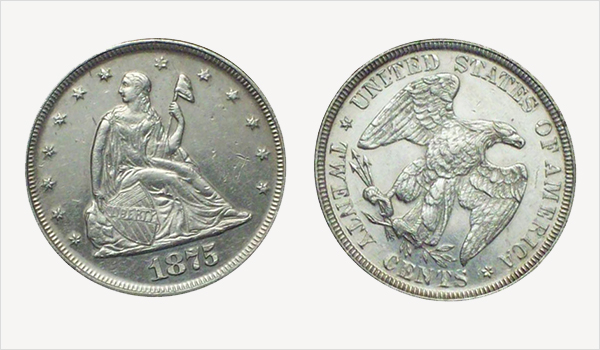
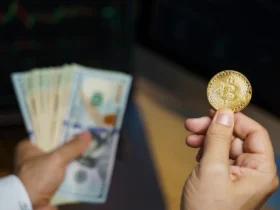


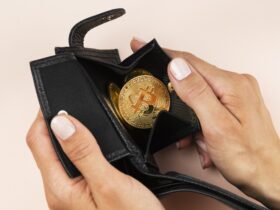
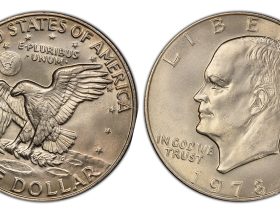
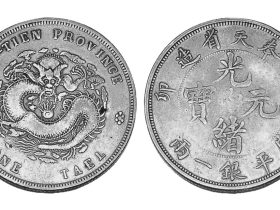
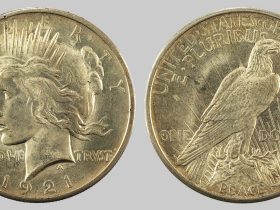
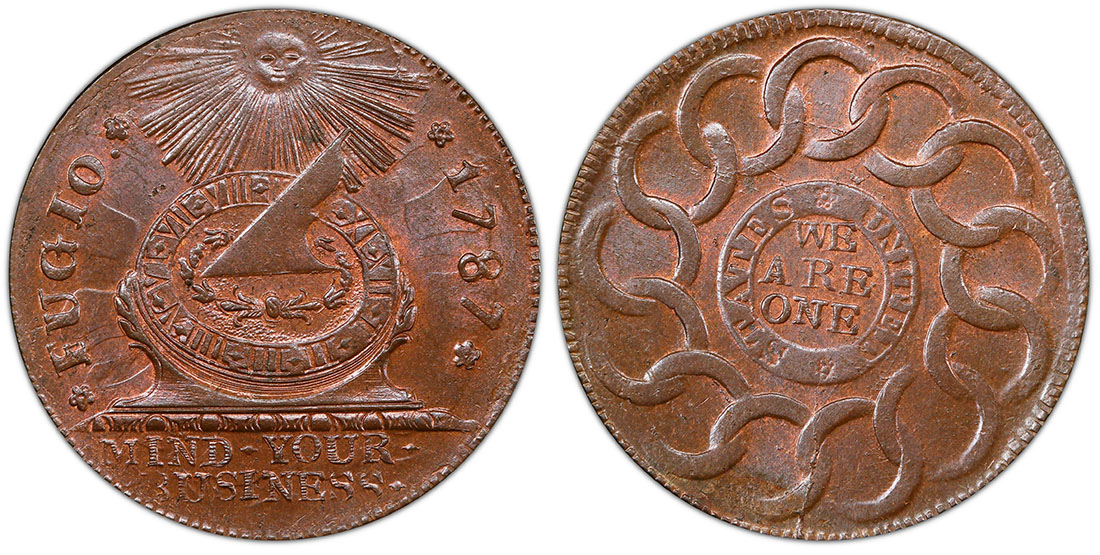

Leave a Reply